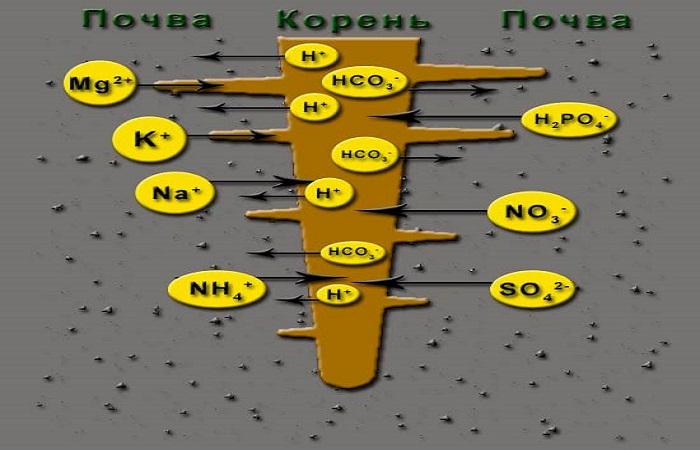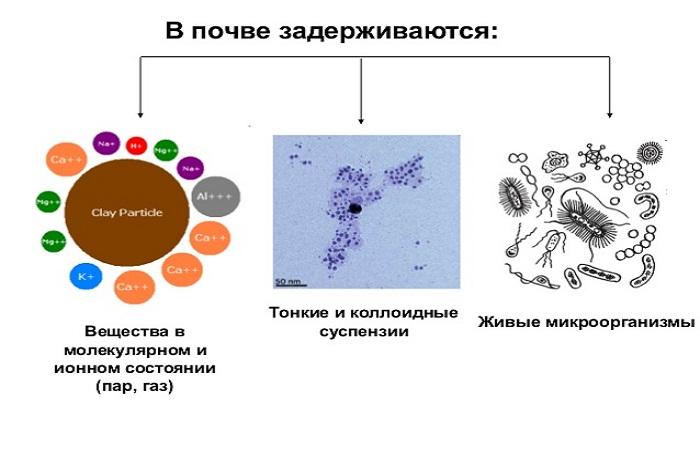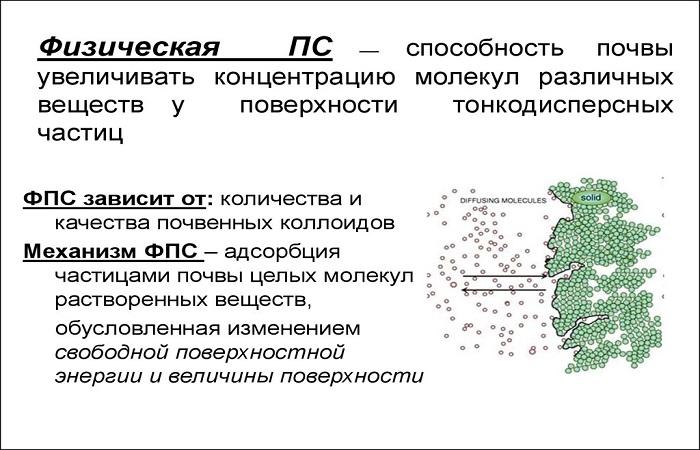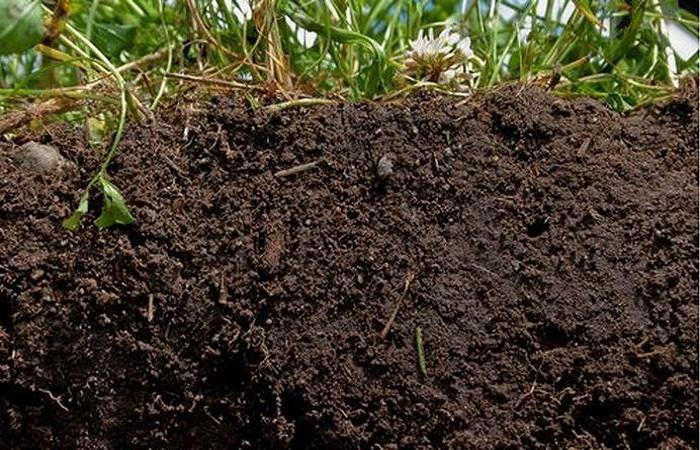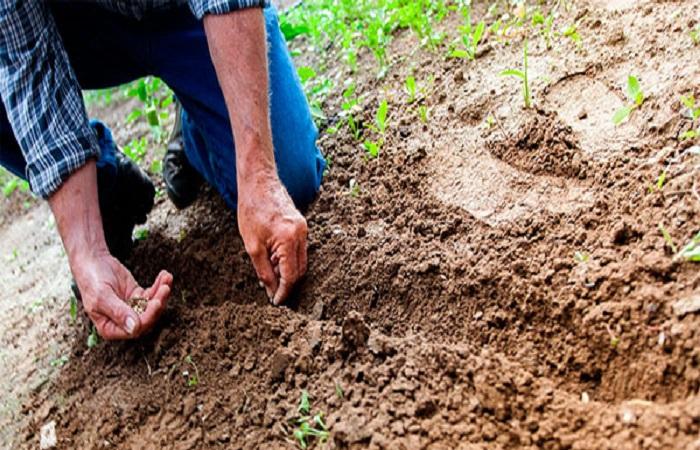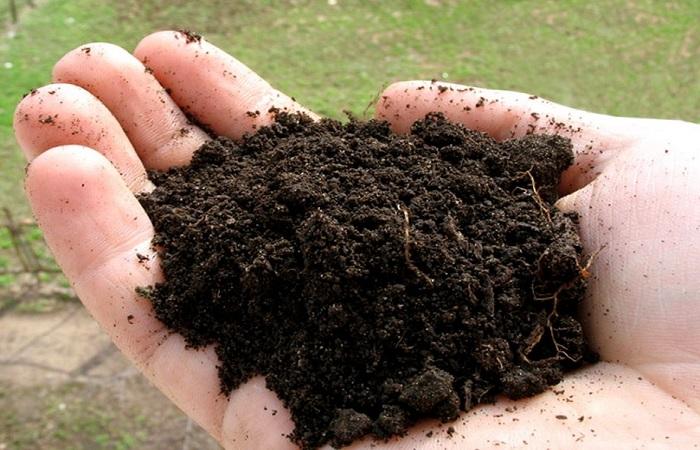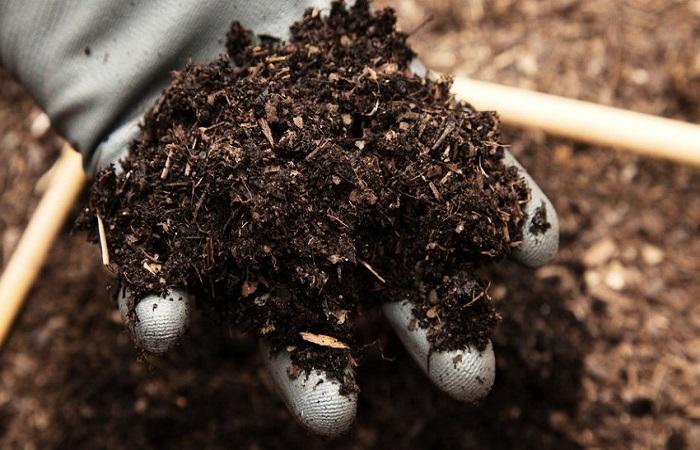Soil is a complex system that includes coarse dispersed particles, finer fragments and molecular elements. In this case, one of the key parameters is the absorption capacity of the soil. This term refers to the ability of a substrate to retain valuable elements. This is of great importance when using soil for agricultural purposes.
What is soil absorption capacity
The absorption capacity of the soil is ensured by the absorption complex, which is a combination of minerals, organic and organomineral components of the solid phase. Scientists interpret this term as the ability of the earth to retain elements that come into contact with its solid phase through the water circulating in it.
At the same time, various substances can be retained in the soil - coarse suspensions, solutions, minerals, living microorganisms and organic elements. Depending on the nature of absorption, there are different types of absorption capacity.
Role in fertility
This soil characteristic affects not only the formation and evolution of soils. The success of growing plants directly depends on it. The absorption capacity of soil affects the ability to retain various types of soluble elements, including substances biologically important for crops.
Types of soil absorption capacity
Scientists identify a number of varieties of soil absorption capacity. Each of them has certain characteristics.
Mechanical
This term refers to the ability to mechanically retain particles in the pores of the soil. In this case, suspensions of organic and aluminosilicate fragments and colloidal atomized particles are retained. This helps preserve ameliorants, colloidal fractions and fertilizers that are poorly soluble in water.
Physical
This type of absorption is the ability to retain organic and mineral elements on the surface of the solid phase of the soil. This effect is associated with the action of absorption forces. Physical absorption is associated with the presence of a highly dispersed earth phase. Due to this, it is possible to attract and accumulate groundwater and the substances it contains.
However, the absorption capacity depends on the type of soil. In coarse-grained soils, adsorption forces are weak. Therefore they have low absorption capacity. As the dispersion increases, the absorption properties increase.
Chemical
This characteristic is associated with the formation of insoluble or sparingly soluble compounds. This is due to the occurrence of chemical reactions between individual soluble salts in the soil structure.
This property plays a special role in the transformation of phosphorus in the soil. When water-soluble preparations based on this substance are used in the soil, pronounced chemical binding of phosphorus is observed. In acidic soil types, which include many sesquioxides, the chemical absorption of this substance is accompanied by the release of iron and aluminum phosphates, which are difficult to dissolve.
Due to chemical absorption, phosphates accumulate in the soil, which become available when the reaction of the environment changes, otherwise they act as ballast in the soil. In such a situation, chemical absorption performs a negative function.
Biological
This characteristic represents the absorption of nutrients, air and fertilizing by cultivated plants and soil microflora. During the life of plants and soil microorganisms, organic elements accumulate. They contain ash and nitrogen.
A distinctive feature of biological absorption is selectivity.The root system of crops and microorganisms absorb the substances they require from the soil.
The severity and pace of this process depend on the following parameters:
- soil air regime;
- content of organic elements and plant residues in the soil;
- thermal regime of the soil;
- environmental reactions.
Root secretions of crops are used as an easily accessible source of energy for microorganisms. Therefore, microbiological processes occur especially successfully in the rhizosphere.
Physico-chemical
This absorption capacity is also called exchange capacity. This term refers to the ability of the soil to absorb and exchange ions located on the surface of colloidal fragments for ions of the soil solution.
When the potential-determining layer of soil colloids is negatively charged, cation exchange occurs. If the charge is positive, anion exchange occurs. The key features of the metabolic absorption of cations include the following:
- The exchange is carried out in equivalent volumes. This occurs in accordance with the basic laws of chemical reactions.
- Any absorbed cation can be replaced by another cation in the soil solution.
- The energy of absorption and displacement of cations is significantly different. It is influenced by valency and atomic mass.
Non-exchangeable absorption of cations is also observed in the soil. As a result, they are fixed by clay minerals, which have a three-layer crystal lattice.
The non-exchangeable absorption of potassium and ammonium has wide limits - it all depends on the basic characteristics of the soil. This indicator is directly affected by the mineralogical and granulometric composition of the substrate. In chernozems it is expressed much more strongly than in sod-podzolic soil.
Also, this type of absorption capacity increases in the case of periodic wetting and drying of the earth. Therefore, shallow embedding of potassium and ammonia compounds into the soil structure, which is subject to irrigation and drying, enhances the non-exchangeable absorption of potassium and ammonium. These substances are converted more slowly into accessible forms compared to metabolically absorbed ones.
Fixing capacity of soils
This ability of the soil is determined by its relationship to cations, and it depends on the particle size distribution. This characteristic is determined by the humus content. The higher this parameter and the heavier the substrate, the higher its ability to absorb cations.
The absorption capacity of the soil directly affects the process of growing crops. That’s why it’s so important to take this parameter and its varieties into account.

